|
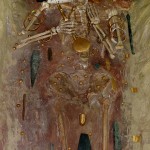 Varna Penis Sheath Varna Penis Sheath
|
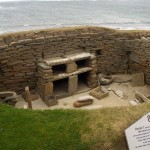 Scara Brae House Scara Brae House
|
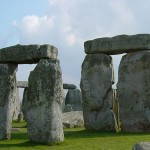 Stonehenge Trilithon Stonehenge Trilithon
|
 Polished axe Polished axe
|
|
 Ceramics Ceramics
|
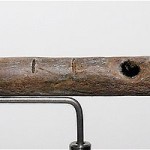 Bone flute Bone flute
|
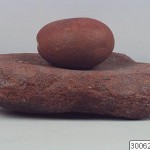 Saddle quern Saddle quern
|
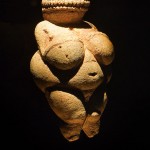 Female Figurine Female Figurine
|
|
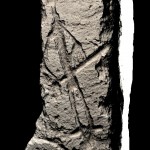 Mirasievene Stela Mirasievene Stela
|
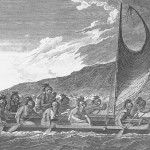 Polynesian Outrigger Polynesian Outrigger
|
 Nifo’Oti Club. Nifo’Oti Club.
|
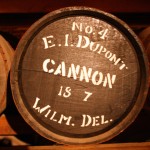 Gunpowder barrel Gunpowder barrel
|
|
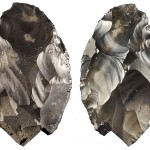 Handaxe Handaxe
|
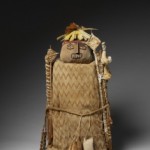 Inca mummy bundle Inca mummy bundle
|
 Fire Fire
|
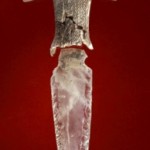 Bronze Age Dagger Bronze Age Dagger
|
|
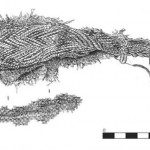 Sailcloth Sailcloth
|
 Coconut Coconut
|
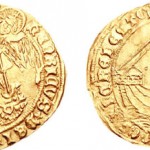 Angel Angel
|
 Alfred Jewel Alfred Jewel
|
|
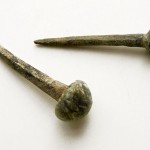 Roman Nails Roman Nails
|
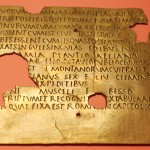 Military Diploma Military Diploma
|
 Hagia Sophia Hagia Sophia
|
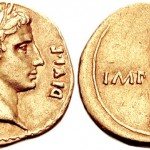 Augustus Coin Augustus Coin
|
|
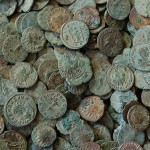 Coinage Coinage
|
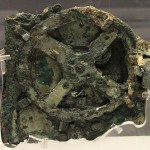 Antikythera mechanism Antikythera mechanism
|
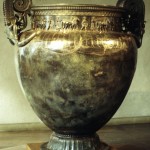 Vix Crater Vix Crater
|
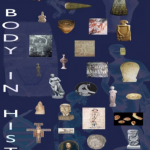 Human Body Human Body
|
|
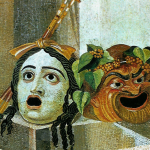 Theatre Masks Theatre Masks
|
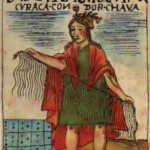 Quipu Quipu
|
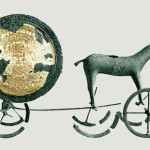 Trundholm Sun Chariot Trundholm Sun Chariot
|
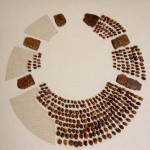 Amber Necklace Amber Necklace
|
|
 Amarna Warrior Burial Amarna Warrior Burial
|
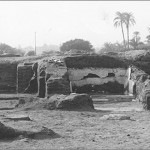 Amarna Bathroom Amarna Bathroom
|
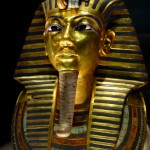 Tuthankamen’s Mask Tuthankamen’s Mask
|
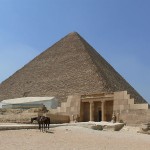 Cheops Pyramid Cheops Pyramid
|
|
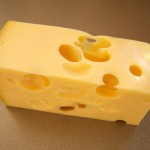 Cheese Cheese
|
 Salt Salt
|
 Obsidian micro-core Obsidian micro-core
|
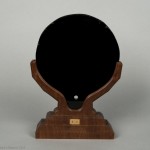 Obsidian Mirror Obsidian Mirror
|

Leave a Reply